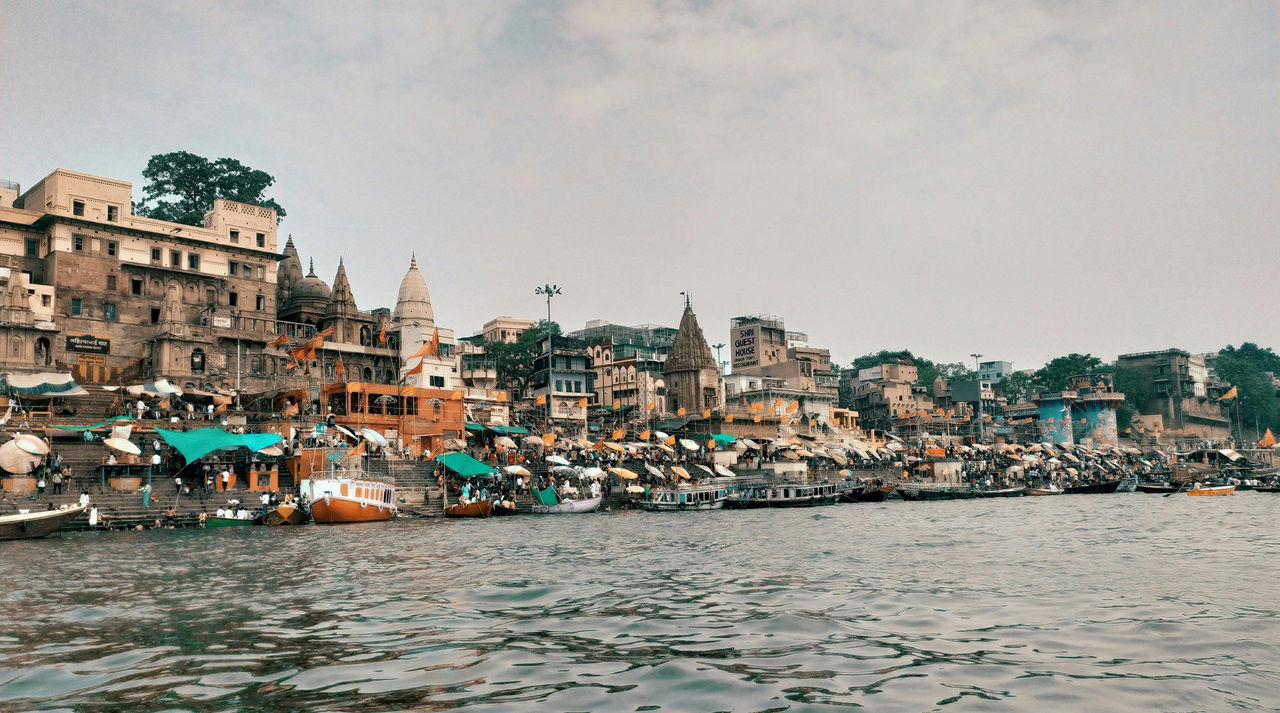
Government of India successfully launched and implemented four important projects as part of the Namami Gange Mission 2.0 in the first quarter of the fiscal year 2024–25, which is a significant development for the protection of the River Ganga. These projects, situated in Bihar and Uttar Pradesh along the Ganga's main course, are crucial in the ongoing battle against pollution and in improving the river's ecological balance.
With a combined investment of Rs. 920 crores, these initiatives are set to boost sewage treatment capacity by 145 million liters per day (MLD), enhance sewer networks, and intercept multiple drains. They are designed to adhere to the rigorous discharge standards established by the National Green Tribunal, ensuring significant advancements in the water quality of the Ganga and its tributaries.
One of the key projects in Munger, Bihar, focuses on upgrading the sewer network and establishing a Sewage Treatment Plant (STP) at a cost of Rs. 366 crores. This extensive project includes constructing a 175 km sewerage network and a 30 MLD capacity STP. Implemented through the DBOT (Design, Build, Operate, and Transfer) model, it aims to serve approximately 300,000 residents by connecting their homes to the sewer system, thereby enhancing sanitation and preventing untreated sewage from contaminating the Ganga.
Another significant project in Mirzapur, Uttar Pradesh, addresses the river's pollution through interception, diversion, and treatment works. This Rs. 129 crore initiative involves intercepting nine drains, rehabilitating six existing interception structures, and establishing two new STPs—Pakka Pokhra and Bisunderpur—each with an 8.5 MLD capacity. The project also upgrades existing STPs, increasing the total sewage treatment capacity to 31 MLD. This effort effectively curtails the flow of untreated sewage into the Ganga, improving water quality and supporting aquatic life.
In Ghazipur, Uttar Pradesh, a project worth Rs. 153 crores has been completed, focusing on the interception, diversion, and treatment of sewage. This initiative includes the construction of a 1.3 km network and a 21 MLD STP, which significantly improves the city's sewage treatment capabilities and prevents untreated sewage from reaching the Ganga.
Additionally, Bareilly in Uttar Pradesh has benefited from a Rs. 271 crore project targeting pollution control in the Ganga. This project involves intercepting and diverting 15 drains and constructing three STPs with a total capacity of 63 MLD. It aims to treat sewage effectively, thereby preventing untreated sewage from entering the river Ramganga and enhancing the overall water quality of the Ganga.
All these projects utilize the Hybrid Annuity PPP (HAM) model and incorporate Advanced Sequencing Batch Reactor technology. They are built according to the strict guidelines of the National Green Tribunal, ensuring high standards of construction and operation. Along with advancing the Namami Gange mission’s goal of cleaning wastewater, these projects will provide substantial benefits to the populations of the respective cities.
National Mission for Clean Ganga (NMCG) continues to be steadfast in its commitment to the comprehensive restoration of the Ganga. These projects highlight the government’s dedication, under Prime Minister Narendra Modi’s leadership, to fostering a cleaner, healthier, and more vibrant river ecosystem for future generations.
















